Precisely what is WYSIWYG (What You See Is What You Get)?
WYSIWYG( pronounced wizz-ee-wig) is a form of editing software that enables users to see and change content in a form that shows up as it could when displayed by using an software, webpage, slide display or printed file. WYSIWYG is quick for for “what the thing is is what you get”.
WYSIWYG editors permit users to manipulate this content or layout and never have to type any orders. For example , when users write a document by using a phrase processor, by using WYSIWYG, as what they are prodeced, format and change is replicated in the printed file or PDF record.
Before WYSIWYG publishers, developers had to enter descriptive unique codes( or markup) without aquick way to see the markup results. Typically the first proper WYSIWYG editor was clearly a wordrunning program called Salvaje. Invented by Charles Simonyi at the Xerox Palo Elevado Research Center in the 1970s , it has become the basis for Simonyi ‘s work at Microsoft. It progressed into two other WYSIWYG applications that are now part of Microsoft Business office : Word and Exceed.
WYSIWYG can be used in modern applications like content management systems( CMSes), customer connection management( CRM) systems, email systems, WYSIWYG web builders, management tools and some with written content . WYSIWYG is popular in web submitting applications such as blogging.
What is a WYSIWYG HTML CODE editor?
A HyperText Markup Language( HTML) WYSIWYG editor, such as Adobe Dreamweaver CC or a free of charge WYSIWYG HTML manager like Froala Manager, conceals the markup and allows the developer to think in phrases of how this content should appear. However, one of the business – offs is that in some instances an WYSIWYG HTML editor will on its own insert the markup code it can feel is needed . And then , the developer need to know enough about the markup language to return into the sourcecode to clean it upwards.
